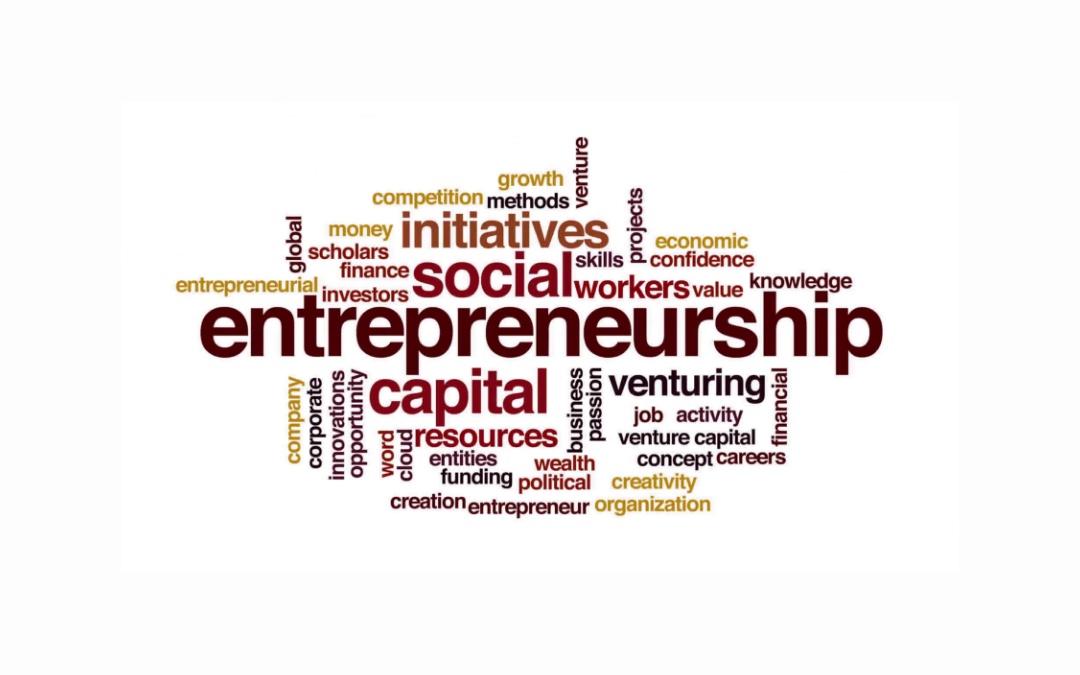Education, the weapon of mass restoration!
A lack of education can be marked as a root cause of most challenges that deteriorate the quality of living on the planet. It leads to crime, inequality, lost opportunities, and an oblivion to the impact of one’s actions on the surroundings. Stemming from various factors including poor infrastructure, loopholes in the governance system, narrow-mindedness towards educating certain sections based on their gender or caste, bureaucratic shackles disrupting the successful implementation of policies, illiteracy remains a huge concern. To come out of the vicious cycle of destruction caused by illiteracy, the thinkers and doers of the world need to step up their game and come up with futuristic innovations.
If you ever had the chance to read Stephen Spender’s ‘An Elementary School Classroom in a slum’ as a part of your high school curriculum, you’d know the allegory it is about the dreary state of education among underprivileged children. It elaborates how their ‘future is painted with a fog’ and ‘sealed with a lead sky’ and the donations from the well-off only instil a false hope because loopholes in the governance of the education system fail to free the children from the constraints of their socio-economic position in the society.
Today, 103 million youth worldwide still lack basic literacy skills, and more than 60% of these are women. Though United Nations Sustainable Development Goals have prioritized Quality Education and promotion of lifelong learning opportunities for all as Goal #4, at least 22 million children will miss out on primary education unless the current rate of progress doubles.
What are the reasons for such high illiteracy rates? To start with, approximately 115 million primary school-aged children around the world are not enrolled in school. Could this be because of the complex system of enrolment or does this have sub-reasons of its own? The first factor that comes to mind is poverty. Education is not a priority in most poor households and the high involvement of children in supporting their families through odd jobs discourages them from attending school. In South Sudan, the world’s least literate country, with a literacy rate of just 27%, approximately 70% of children aged 6–17 years old have never set foot in a classroom.
About 2/3 of the world’s lowest literate adults are women. This could be attributed to innumerable factors including the fact that in some societies, simply owing to their gender, women are still not considered worthy enough for education. Other bizarre reasons include pre-mature marriage to serve their sole purpose in life, i.e., bearing children and poor infrastructure especially the gruesome sanitation facilities. This is the perfect example of a trickle-down effect of the lack of education causing people to harbour such a mentality having unfathomable consequences on the socio-economic surroundings. Children who are born to educated mothers are less likely to be malnourished or stunted. Each additional year of maternal education decreases the child mortality rate by 2%.
You educate a man; you educate a man. You educate a woman; you educate a generation.
– Brigham Young
Not to be overlooked, the travel time to schools in remote areas, absence of drinking water and other basic amenities, caste disparities discouraging a certain section of people from seeking education, predatory and unqualified teaching staff are all contributors to the miserable reality of illiteracy. Former Apple CEO, Steve Jobs believed that the reluctance of associations and unions to remove bad teachers from the system has stifled education.
Possible ways to overcome the onerous challenge of illiteracy would start right at the roots where the system of enrolment to schools needs to be simplified and made less bureaucratic. Can technology help in this somehow by enabling the maintenance of records of children in the school going age and keeping a tab on their year on year admission renewal in their nearby schools. Another thing that needs to be taken care of is the substandard and demotivated staff at the schools. Maybe more programs like ‘Teach for India’ that hire quality professors for the underprivileged children or on the lines of Doctors without Borders need to be initiated to ensure that effective education flows from reliable sources. A concept of Book Banks can be started where old newspapers, plastic goods etc. can be exchanged for books free of cost.
Mobile Libraries such as Library in the Tram and Bibliomotocarro are an excellent way to encourage reading. Children who are read to frequently are more likely to count to 20 or higher, write their own names, and read or pretend to read. If we even take up the responsibility of dedicating a few hours each week towards educating the children of our domestic helps, it could help a great deal in enhancing their lives. There is also a dire need of skill-based or vocational education platforms that can enable the unprivileged youth to be employed in decent paying respectful careers.
And content creation by likes of “Khan Academy” creates the possibility for anyone to learn anything online. Once the internet penetration reaches the masses, self-learning and education should improve significantly.
To make education more interesting and engaging, allowing for customisations in the learning process, reducing the cost of learning and increasing its widespread scale, peer to peer learning etc. could be achieved over time with the use of technology. We need more entrepreneurs focussed on this really impactful “Edtech” sector.
“Education is the most powerful weapon which you can use to change the world.”
– Nelson Mandela








